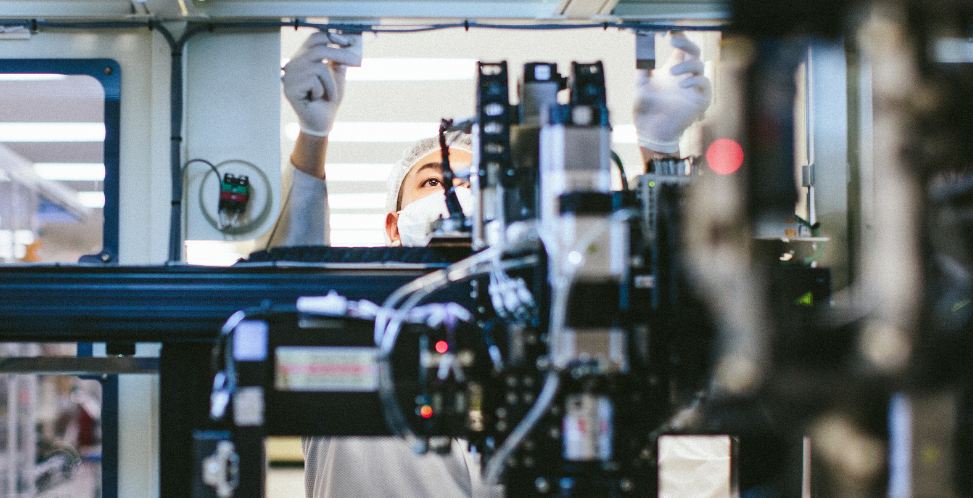The saying is that as California goes, so goes the nation. But in solar, as China goes, so goes the world.
As the result of an abrupt withdrawal of support for the nation’s solar PV market, Bloomberg New Energy Finance (BNEF) has predicted a 34% decline in multicrystalline solar module prices in China.
This would be roughly equivalent to the fall in module prices in 2016, and only exceeded by the 40% fall in prices in 2011.
And as China is by far the world’s largest solar market, this is expected to spread globally. “Oversupply is universal,” states a note by BNEF, written by four members of the organization’s Chinese team.
The organization provides a benchmark monocrystalline module price of US$0.37 per watt for the fourth quarter of 2017, and expects this to fall to only $0.24/watt by the end of the year.
Supply chain woes
The note predicts “market panic” in the short term, and for developers to suspend installation throughout the third quarter while waiting for the release of the new quotas and cheaper module prices.
For the supply chain, the implications of an abrupt halt to the Chinese market are stark. BNEF expects this to lead to “enhanced inventory”, with the organization noting that large amounts of multicrystalline wafers were already sitting in warehouses in May. The newly anticipated slowdown in demand is expected to hit multi harder than mono, with the latter still benefitting from demand through the nation’s Top Runner program.
BNEF expects the most severe impacts on polysilicon, due to the inflexibility of the material’s production equipment, and is anticipating that prices will fall to $11-12 per kilogram by the end of the year. However, the organization notes that the slow-down in demand will also affect non-silicon materials.
This in turn will lower the price of module production, and BNEF anticipates that “best practice” module production costs will decline to $0.24 per watt, leaving very slim margins for module makers. However, some large Chinese PV makers are already expecting to bring down their costs below these numbers by the first half of 2019.
What Section 201?
The impact on the U.S. market is unclear. In a global oversupply condition, if prices for PV made in Korea and Southeast Asia fall enough, the 30% Section 201 tariff will have less of an effect. This is particularly true as the import duties are calculated as a percentage of the price of the modules.
As development is sensitive to price, this would spur additional project development, particularly in the utility-scale sector, which has been hindered by the Section 201 tariffs. But sustained low prices will also hit the margins of the new factories which are being planned, including Hanwha Q Cells’ 1.6 GW factory in Georgia and First Solar’s 1.2 GW expansion in Ohio.
JinkoSolar’s Jacksonville facility is likely to be less affected given that all of this product is likely to go to the company’s 2.75 GW supply deal with NextEra. Likewise the Tesla/Panasonic gigafactory in Upstate New York is more insulated from global prices, given that both the Solar Roof and HIT modules it produces are premium products destined for the rooftop market, which is less price-sensitive.
Correction: This article was corrected at 8:50 AM EST on June 6. A previous version incorrectly stated that the $0.24 per watt figure included VAT, whereas BNEF has since clarified that their USD figures do not. We regret the error.
This content is protected by copyright and may not be reused. If you want to cooperate with us and would like to reuse some of our content, please contact: editors@pv-magazine.com.









By submitting this form you agree to pv magazine using your data for the purposes of publishing your comment.
Your personal data will only be disclosed or otherwise transmitted to third parties for the purposes of spam filtering or if this is necessary for technical maintenance of the website. Any other transfer to third parties will not take place unless this is justified on the basis of applicable data protection regulations or if pv magazine is legally obliged to do so.
You may revoke this consent at any time with effect for the future, in which case your personal data will be deleted immediately. Otherwise, your data will be deleted if pv magazine has processed your request or the purpose of data storage is fulfilled.
Further information on data privacy can be found in our Data Protection Policy.